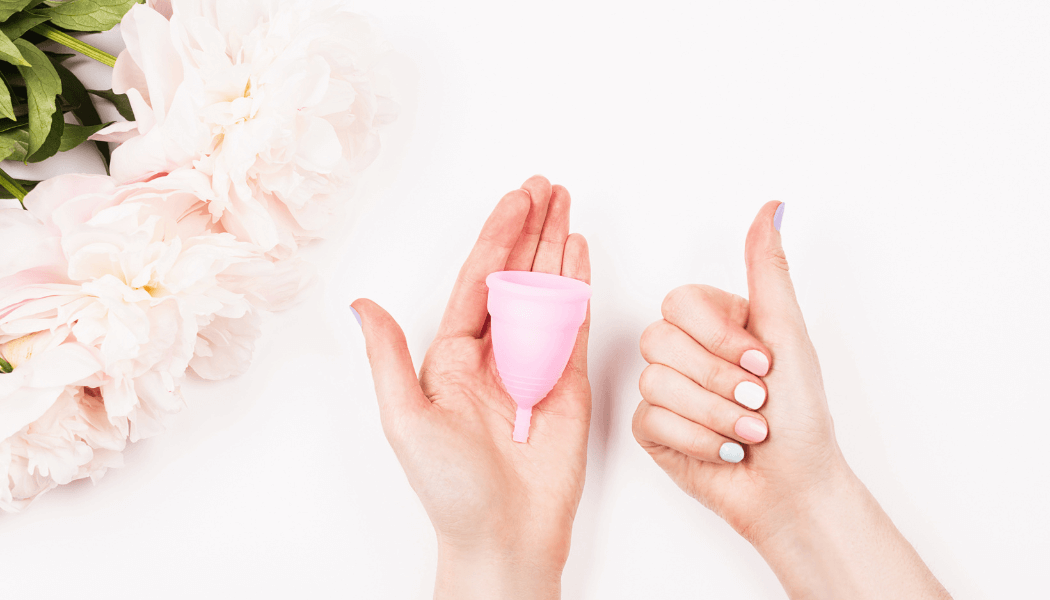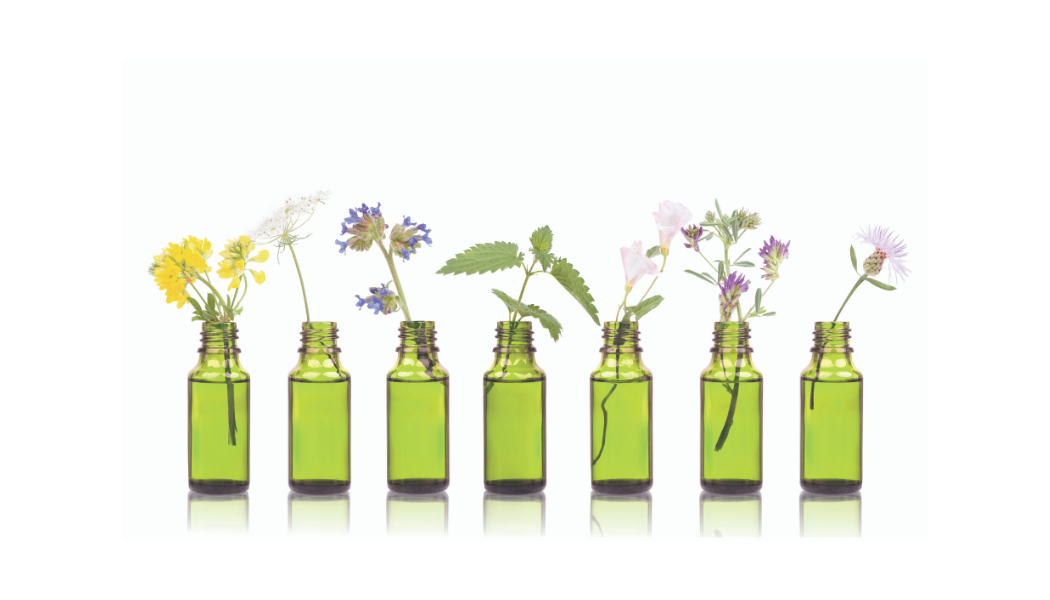Can Menstrual Cups Cause A Yeast Infection?

Introduction
You may have heard that using a menstrual cup can cause a yeast infection. So, is it true? And if so, why does this happen?
Keep reading to learn more about the possible link between menstrual cups and yeast infections, as well as some tips for how to avoid this problem.
What Are Menstruation Cups?
Menstruation cups are a type of feminine hygiene product that is inserted into the vagina to collect menstrual blood. Unlike tampons, which are also inserted into the vagina, menstruation cups are made of silicone or rubber and can be worn for up to 12 hours.
So, can menstruation cups cause a yeast infection? The answer is... it's possible. Menstrual blood can contain yeast, which can cause an infection if it's not cleaned properly. Additionally, leaving a menstrual cup in for too long can create a moist environment that is conducive to yeast growth.
How Do Menstruation Cups Work?
Let's talk about how menstrual cups work. Essentially, they're a flexible, bell-shaped cup that's inserted into the vagina to collect menstrual blood. They can be worn for up to 12 hours at a time, and can be emptied and washed before being reused.
One of the benefits of using a menstrual cup is that they're made from medical grade silicone, which means they're less likely to cause infections than tampons. However, leaving a cup inserted longer than the recommended time there is always the risk of contracting some sort of imbalance. So, if you're experiencing any symptoms of a yeast infection (such as itchiness, burning or discharge), it's best to consult your doctor.
Do Menstruation Cups Cause Yeast Infections?
It's a valid question: can using a menstrual cup cause a yeast infection?
If used as directed, we have been told that it is unlikely to cause a yeast infection. But leaving it in longer than you should you might create an imbalance in your vaginal pH level, which in return can lead to infection.
That being said, there are a few things you can do to lower your risk of getting an infection. Firstly, make sure you wash your cup thoroughly every time you use it. Secondly, keep your cup clean and dry between uses. Finally, if you experience any symptoms of a yeast infection (such as itching, burning or swelling), stop using the cup and see your doctor.
How to Clean a Menstruation Cup
Now that you know all about menstruation cups, let's talk about how to clean them properly. It's really important to clean your cup after every use to prevent bacteria from growing and causing a yeast infection. Here's how to do it:
1. Rinse your cup with tap water to remove any blood or menstrual fluid.
2. Soak it in a vinegar and water solution (1 part vinegar to 3 parts water) for 5 minutes.
3. Rinse it again with tap water and dry it off with a clean towel.
4. Insert the cup into the sterilizing container and microwave on high for 5-7 minutes.
5. Let the cup cool down before using it again.
What to Do if You Think You Have a Yeast Infection
If you're experiencing any of the symptoms of a yeast infection, it's important that you see your doctor as soon as possible. Here are some of the most common symptoms:
-Itching or burning in and around the vagina
-A thick, white discharge that may look like cottage cheese
-Pain or burning when you pee
-Redness and swelling of the vagina or vulva
-Rash on the skin of the vaginal area
There are a number of treatments available for yeast infections, so you don't have to suffer in silence. V-Blissful is a great alternative, no RX needed.
Should You Switch to Menstruation Cups?
So, should you switch to menstruation cups? It really depends on your individual circumstances. If you've been experiencing yeast infections more often since you started using tampons, it might be worth giving cups a try, and they are eco-friendly. Menstrual cups are made of silicone and are inserted into the vagina to collect menstrual blood. They can be worn for up to 12 hours at a time, so they're a great option if you have a busy lifestyle.
However, cups do require a bit of practice to get used to them, so if you're not comfortable with the idea of inserting and removing something from your vagina, they might not be for you. Ultimately, only you can decide if switching to menstrual cups is the right decision for you.
It's important to know the risks associated with any new product, and that includes Menstrual Cups. While the risk of a yeast infection is low, it is still a risk. If you are experiencing any symptoms of a yeast infection, such as discharge, itching, or burning, discontinue use of the menstrual cup and see your doctor.
That being said, the vast majority of women who use menstrual cups have no problems with them. They are a safe, eco-friendly, and affordable alternative to pads and tampons. If you're curious about using a menstrual cup, go ahead and give it a try. Just be aware of the risks and take precautions if you experience any symptoms.
Here is a great article with array of information on Women's health
https://www.lanierlawfirm.com/womens-health-issues-and-dangerous-products/



